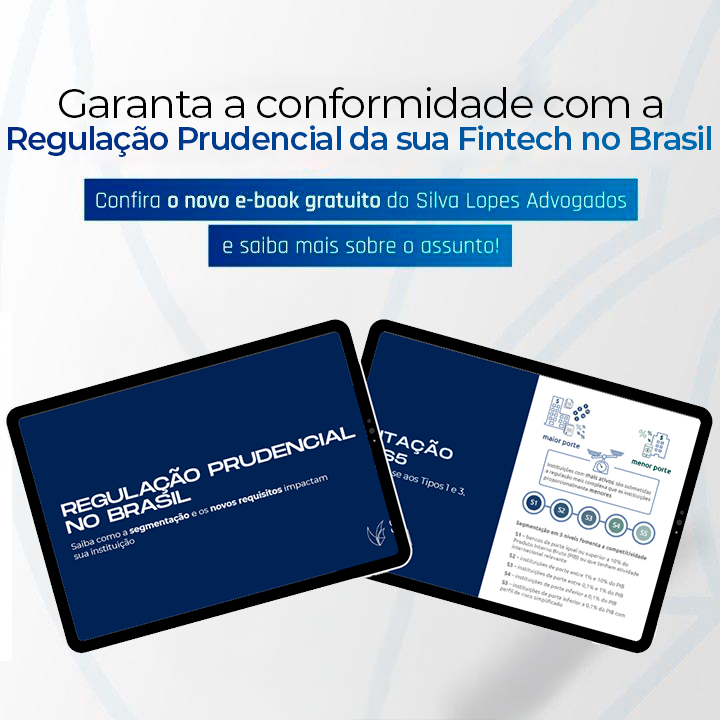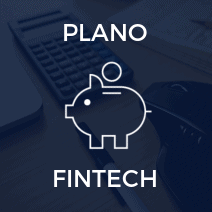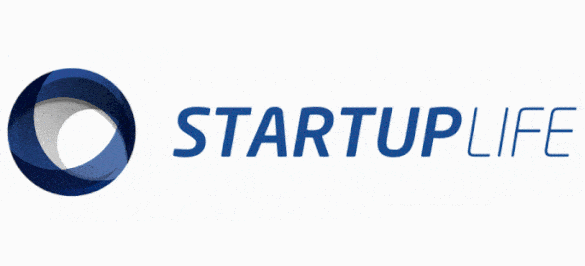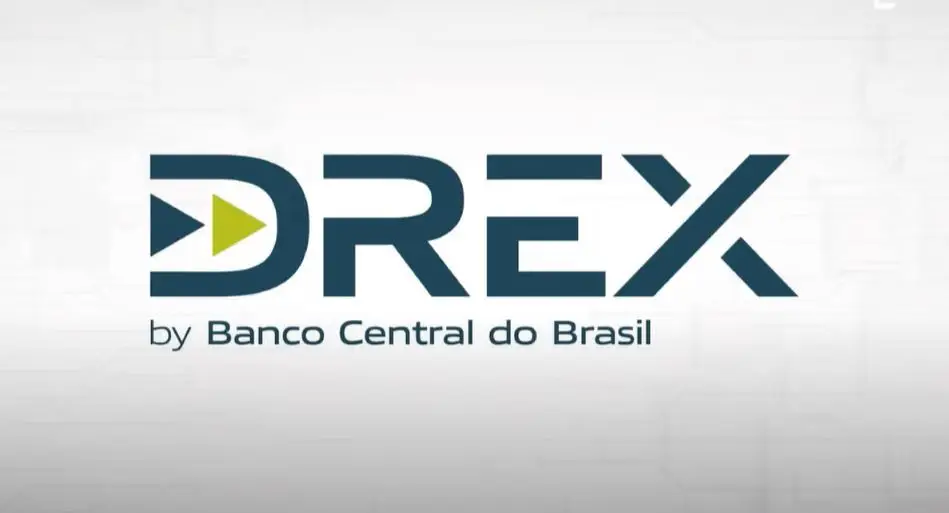By Nathalia Carlet and Layon Lopes*
Seen as the new sensation in the North American capital market, the Special Purpose Acquisition Companies (SPAC), companies created specifically for acquisitions, may have their use regularized in the coming months in Brazil. This theme is specially relevant, as several Brazilian companies are already in the crosshairs of American SPACs.
How does a SPAC work?
A SPAC is a non-commercial company, similar to an investment fund, which is incorporated for the sole purpose of raising capital through an initial public offering (IPO), with the aim of acquiring an existing company. The investment of funds is carried out by investors without knowing which specific asset their money will be invested in, that is, which company will be the target of acquisition by SPAC, and in some cases, there may be a prior limitation in the field of activity performed by the invested business. Due to this lack of definition, this type of company is also known as “blank check companies”.
This model is based on the confidence that investors have in the capacity of managers (called sponsors) to analyze and identify good companies to acquire, so that it is usually led by well-known and successful names in the market. A good example of this is Revlon’s big investor Ron Perelmam, who raised $576 million in the 2020 IPO of his SPAC, MAFS Acquisition Corporation, and former Facebook CEO Chamath Palihapitiya, who has raised more than US $4.3 billion in six SPACs listed on the New York Stock Exchange.
In other words, SPACs invert the logic of the traditional model of going public for a company, normally carried out through an IPO. Whereas in IPOs, companies that want to go public search for a bank or other intermediary to carry out the sale of their shares in the market, SPACs first raise capital to subsequently carry out the acquisition of the target company. In most cases, the shares of SPACs are sold at a fixed price, since carrying out a valuation of the company becomes impossible, as there is no prior operation. After raising the funds, it is usual for SPACs to have up to two years to acquire the target company, and the operation must be approved by a pre-established percentage of investors. After the acquisition, SPAC is dissolved and its investors become shareholders of the acquired company, which assumes the status of a publicly-held company, listed on the stock exchange.
What is the current situation in Brazil?
In order to be in line with international trends, the regulation of this new type of organisation has been discussed in Brazil by the Brazilian Securities Commission (CVM), which included it in a public consultation which stayed open between February 2021 and July 2021 for suggestions and comments.
One of the objects of discussion would be the possible use of CVM Instruction 400/03, which currently regulates public offerings carried out in Brazil, in order to speed up the legalization of the new institute in the country. However, it seems to us that the use of this standard could come to represent obstacles to the use of SPACs, specially due to providing as one of the criteria the presentation of economic and financial feasibility of the enterprise, which is difficult to measure in a SPAC due to its pre-operational character and the uncertainty of future investment.
In any case, given the undeniable position and interest of the market, whether national or international, it is likely that, in the coming months, we will be facing the development of a specific regulation for the structuring of this type of operation and that allows to provide economic and regulatory security to the investors.
* Layon Lopes is the CEO of Silva | Lopes and Nathália Carlet is a member of the Silva | Lopes team.











